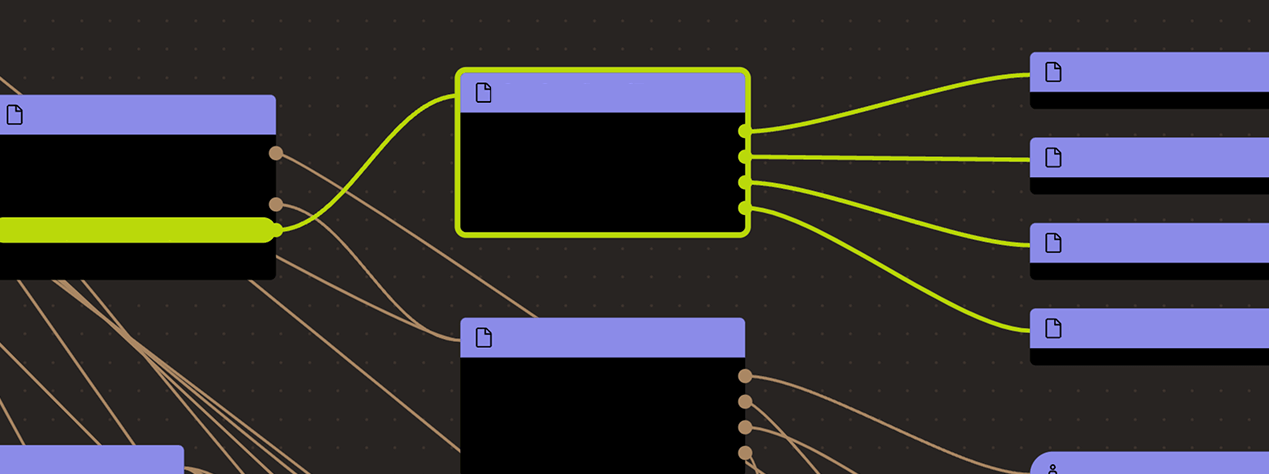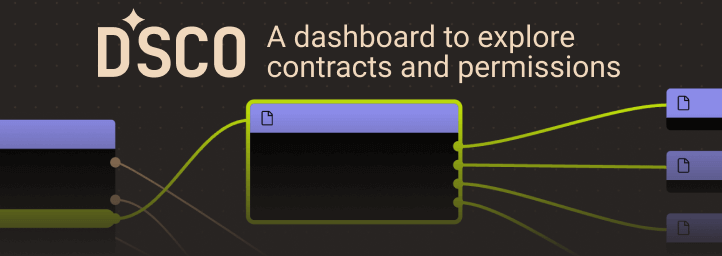Search
Search for projects by name or address
 DeGate Legacy
DeGate Legacy
This project is in shutdown mode and no longer active.
Badges
About
DeGate is an app-specific ZK Rollup that enables a trustless, fast and low-fee decentralized order book exchange, helping users to trade easy and sleep easy. DeGate smart contracts are forked from Loopring V3.
Tokens breakdown
Badges
About
DeGate is an app-specific ZK Rollup that enables a trustless, fast and low-fee decentralized order book exchange, helping users to trade easy and sleep easy. DeGate smart contracts are forked from Loopring V3.
The section shows the operating costs that L2s pay to Ethereum.
2023 May 02 — 2026 Jan 11
DeGate DEX Launches Mainnet Beta
2023 May 3rd
DeGate launches mainnet beta with a deposit cap and a program to recover eventual user losses.
Users can force the sequencer to include a withdrawal transaction by submitting a request through L1 with a 0.01 ETH fee. If the sequencer is down for more than 15d, users can use the exit hatch to withdraw their funds. The sequencer can censor individual deposits, but in such case after 15d users can get their funds back.
SNARKs are succinct zero knowledge proofs that ensure state correctness, but require trusted setup.
All of the data needed for proof construction is published on Ethereum L1.
Users can exit funds at any time because contracts are not upgradeable.
Users are able to trustlessly exit by submitting a Merkle proof of funds.
All data required for proofs is published onchain
All the data that is used to construct the system state is published onchain in the form of cheap calldata. This ensures that it will always be available when needed.
No compression is used.
The system does not begin with a genesis state; instead, it initiates from a zero state, as referenced in CreateEmptyState.
Each update to the system state must be accompanied by a ZK proof that ensures that the new state was derived by correctly applying a series of valid user transactions to the previous state. These proofs are then verified on Ethereum by a smart contract.
The system has a centralized operator
MEV can be extracted if the operator exploits their centralized position and frontruns user transactions.
Users can force exit the system
Force exit allows the users to escape censorship by withdrawing their funds. The system allows users to force the withdrawal of funds by submitting a request directly to the contract onchain. The request must be served within a defined time period. If this does not happen, the system will halt regular operation and permit trustless withdrawal of funds.
Users can be censored if the operator refuses to include their transactions. However, there exists a mechanism to independently exit the system.
Forced exit
If the user experiences censorship from the operator with regular exit they can submit their withdrawal requests directly on L1. The system is then obliged to service this request. Once the force operation is submitted and if the request is serviced, the operation follows the flow of a regular exit.
Emergency exit
If the 15d deadline passes and the forced exit is still ignored the user can put the system into Withdrawal Mode, disallowing further state updates. In that case everybody can withdraw by submitting a merkle proof of their funds with their L1 transaction.

Ethereum
Actors:
This address is the owner of the following contracts: LoopringIOExchangeOwner, LoopringV3, DefaultDepositContract. Can add or remove block submitters. Can change the forced withdrawal fee up to 0.25 ETH. Can change a way that balance is calculated per contract during the deposit, allowing the support of non-standard tokens.
This address is the owner of the BlockVerifier contract.

Ethereum
Main ExchangeV3 contract.
ERC 20 token basic deposit contract. Handles user deposits and withdrawals.
- This contract can store any token.
Contract for setting exchange fee parameters.
zkSNARK Verifier based on ethsnarks library.
